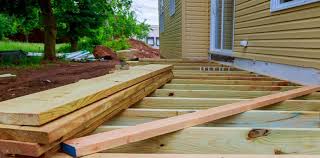Coaxial cables are vital for the transmission of high-frequency signals various applications, including television Internet, telecommunications, and other television channels. In order to ensure the best quality signal and system performance, correct installation is essential. Here are some key suggestions to ensure you install coaxial cables effectively.
1. Choose the right cable: Choosing the correct type coaxial cables is the initial step to achieving optimum signal quality. Take into consideration the impedance of the cable (typically 75 Ohms for television and internet applications) as well as its shielding performance. Higher-quality cables with multiple shielding layers will better protect against signal interference and maintain signal integrity over longer distances.
2. Plan the Route: Carefully plan the route of your cable to avoid the risk of sharp bends, twists and stress spots. Avoid using coaxial cables near sources of electromagnetic interference (EMI) for example, electrical cables or fluorescent lights. A properly planned route decreases the possibility of signal degradation and helps ensure a smoother installation process.
3. Take care when handling the cables Handle the cables with care during installation. coaxial cables gently to avoid damage to the conductor’s inner or insulation. Avoid extreme twists or bends because they can cause signal loss or cable damage. Use the correct tools for managing cable like cable clips, or ties, to secure the cable without bending or compressing it.
4. Use the correct connectors: Make sure that you use premium connectors that are compatible with the coaxial cable. Connectors must be installed precisely to prevent loss of signal. When you attach connectors remove the cable with care to expose the conductor’s inner and shield, and ensure it is secure crimped or screwed onto the cable.
5. Reduce Cable Length Limit the length of your cable runs to as short as they can to limit signal loss. Longer cable runs could cause attenuation, in which signal strength decreases with distance. If a longer distance is required, you can use an amplifier to increase the quality of the signal, however be careful not to over-amplification, which can result in signal distortion.
In the end, achieving maximum signal quality with coaxial cables involves careful planning, handling, and installation. When you choose the correct cable, using the correct connectors, and keeping interference to a minimum it is possible to ensure stable performance and high-quality signal transmission for your TV Internet, TV, and other coaxial-dependent systems.

